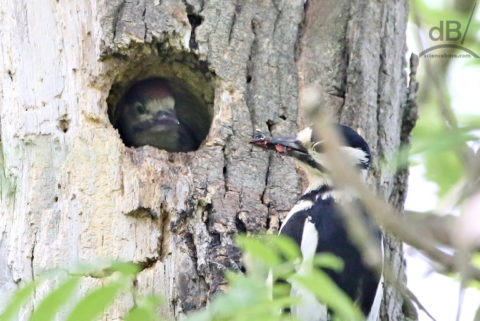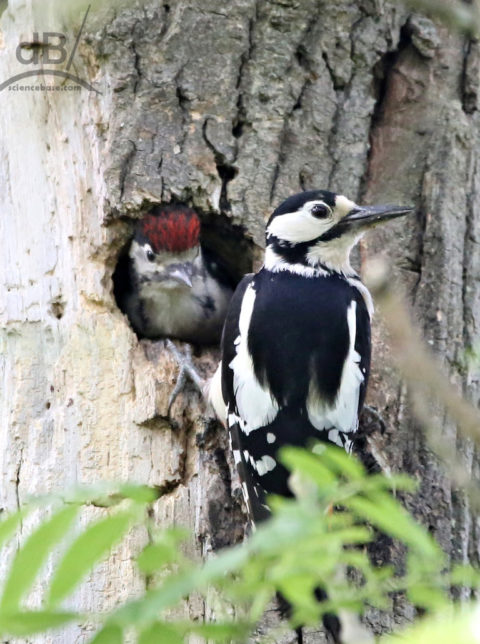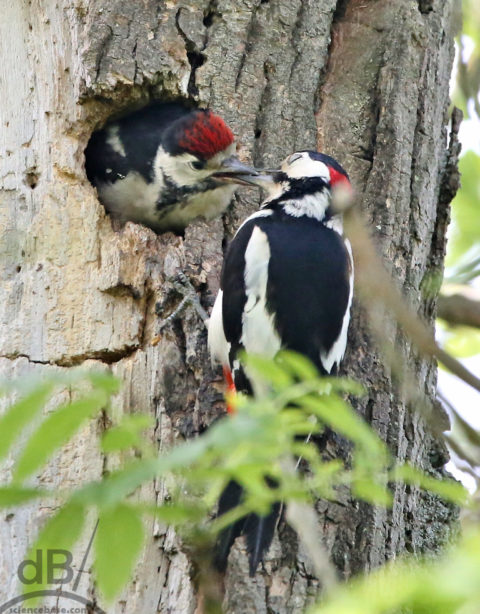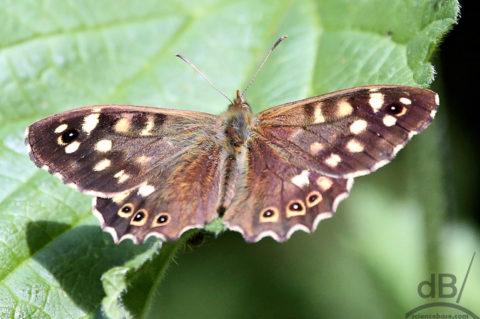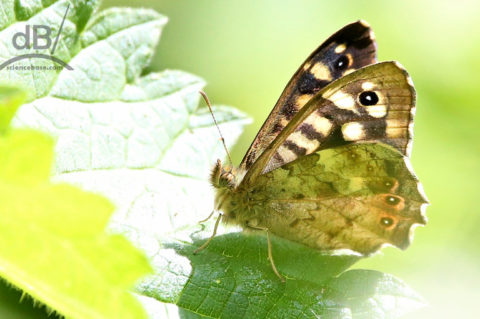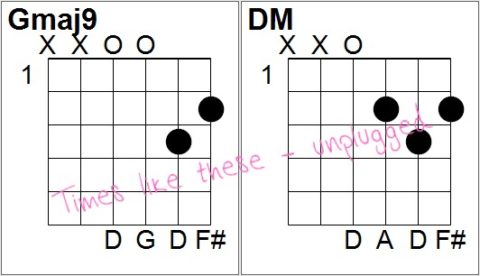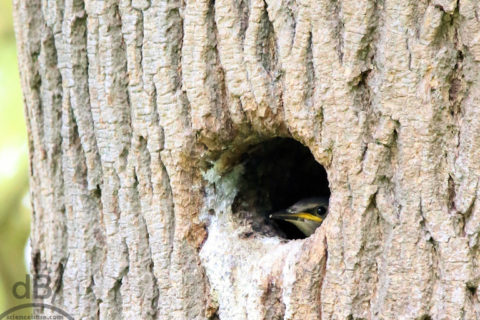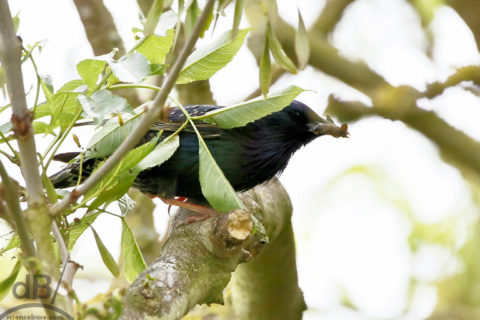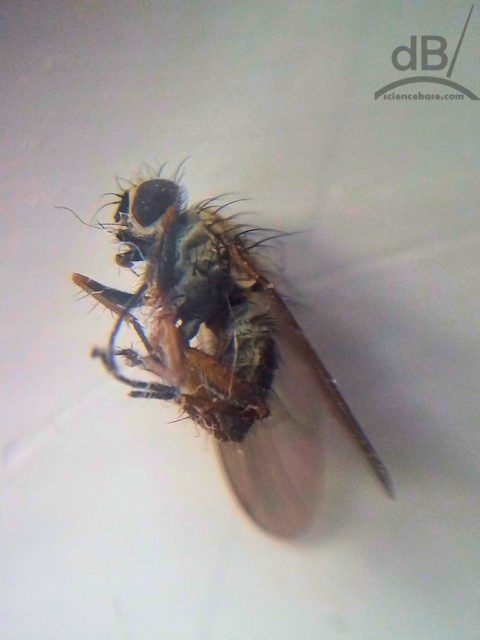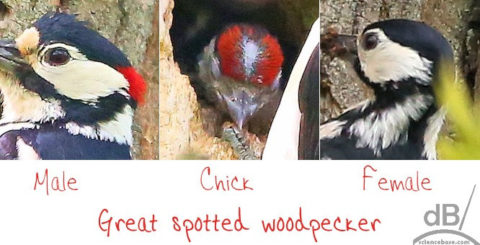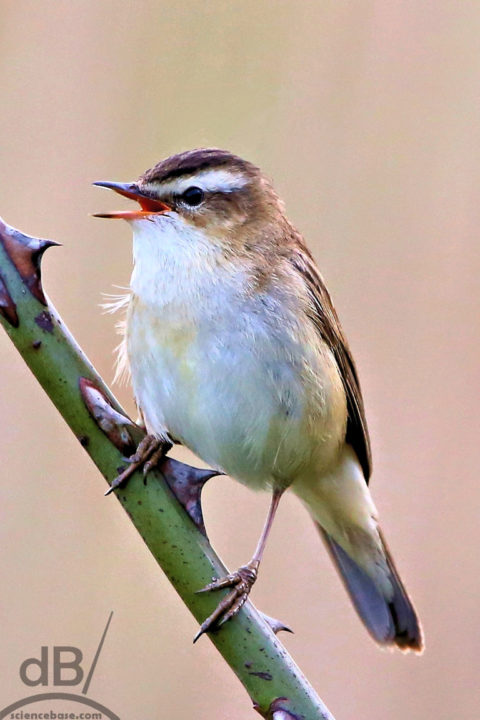James Taylor has written many classic songs, they’re the archetypal singer-songwriter songs you might say. Wonderful melodies, intriguing lyrics and when you’re listening to the originals, wonderful guitar tone and fingerstyle playing. One of the things you quickly learn in attempting to play and sing these simple-seeming songs is that they’re not at all simple, in fact they’re quite tricksy. Taylor does not always use the standard fingering even on the simple “CAGED” major chords like D and G.

Ring finger at D on the B-string and the F# is usually played with the second finger fretting the E-string at the second fret. Taylor prefers to twist that around, so that his index finger is doing the fretting on the highest string and so he can then use it to bring in bass notes on the lower strings. Presumably to toggle between the D major, a D(addE) and Dsus4, he lifts off the index finger and uses his pinkie to get the G on the high E-string.
Anyway, Fire and Rain…one of the best songs ever written, evocative and autobiographical and particularly poignant in being partly about a friend of Taylor’s Suzanne Schnerr, a childhood friend who committed suicide while he was recording in London. There’s lots of fingerstyle tricks in this. It’s usually played with at capo 3, but for simplicity let’s forget the capo. The intro has some little slides and movements back and forth from a G to an A at the fifth fret and back and then jumps to a D, the open position A, with various hammer-ons, pull-offs and trills an E and then a bass run to the G major.
Well, I say G major, what he does is arpeggiate what you’d think of as a conventional G-major but with the ring finger giving us an extra D note on the second string at the third fret (remember capo free in this key). The pinkie lifts off the G note on the top E-string to give us a G6, but the index finger also jumps off the bass B note on the A-string and comes down on the F# on the top E-string to give us a Gmaj7 (well, actually if you keep that D fretted on the B-string it’s a D9Add4), but if you lift that off to give us a B again, it’s the Gmaj7.
Rather than a simple sample of this issue’s Classic Chord, I’ve got a complete cover of the song I recorded a few months ago and I’ve made a lyric video.
Of course, if you want to watch the great man playing it with his interesting fingerings, feel free.
